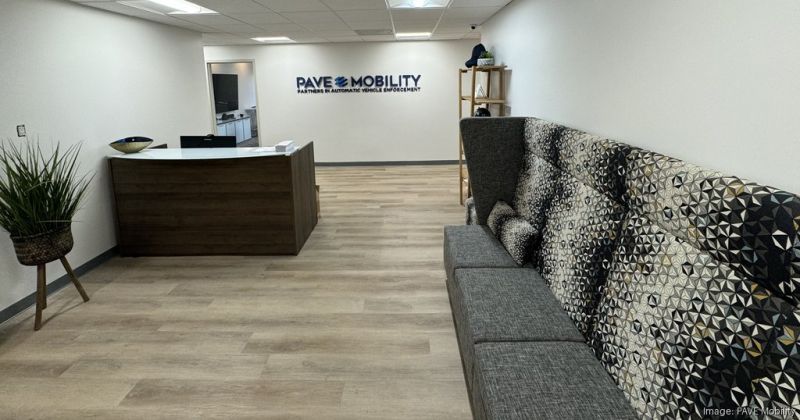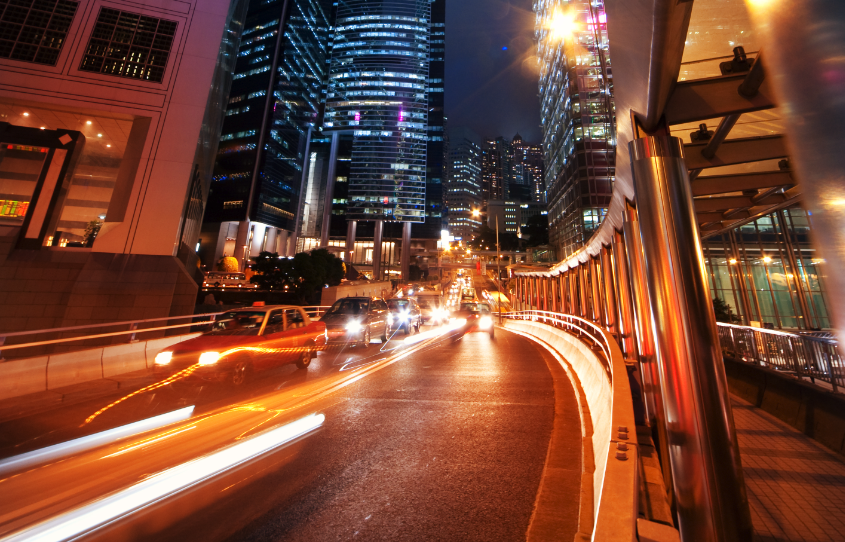In the dynamic realm of urban development and technology, the parking industry is experiencing a profound metamorphosis. As we stand at the intersection of innovation and necessity, it becomes imperative to scrutinize the landscape, unveiling trends that shape the future. In this analysis, we delve into the multifaceted facets of the parking industry, exploring the impact of License Plate Recognition (LPR), advancements in parking applications, revenue shares, and the emergence of unique parking solutions.

Navigating the Technological Wave
To begin our exploration, let’s navigate the technological wave that is reshaping the traditional contours of the parking industry. The adoption of License Plate Recognition (LPR) has emerged as a pivotal force in revolutionizing how we perceive and manage parking spaces. LPR technology, driven by sophisticated algorithms and high-resolution cameras, has transcended conventional parking management methods.
LPR’s Impact on Parking Applications
Moving forward, the integration of LPR into parking applications has become the linchpin of efficiency. By automating license plate recognition, these applications facilitate seamless entry and exit, reducing bottlenecks and enhancing user experience. The real-time data capture capabilities of LPR empower parking operators to optimize space allocation, leading to more efficient parking management.
Revenue Shares and Financial Dynamics
Shifting our focus to financial dynamics, revenue shares within the parking industry have undergone notable transformations. Traditional models are evolving, with shared mobility services, partnerships, and dynamic pricing structures gaining prominence.
Shared Revenue Models
Delving deeper, the concept of shared revenue models has gained traction. Collaborations between parking operators and mobility service providers have become more prevalent, creating symbiotic relationships. Shared mobility platforms, utilizing parking spaces during non-peak hours, contribute to revenue streams for parking operators, ensuring optimized space utilization.
Dynamic Pricing Strategies
Transitioning to the economic front, dynamic pricing strategies are redefining the revenue landscape. In response to peak hours and high demand, parking operators are implementing flexible pricing models. This approach not only maximizes revenue during busy periods but also encourages a more equitable distribution of parking demand.
Innovations Redefining Parking Solutions
Now turning our attention to innovations, the parking industry is witnessing a surge in unique solutions designed to address the evolving needs of urban mobility. These solutions extend beyond traditional parking management, embracing a holistic approach.
Smart Parking Technology
In the realm of technology, smart parking solutions are taking center stage. Leveraging IoT (Internet of Things) sensors, these solutions provide real-time data on parking space availability. Drivers can access this information through mobile applications, reducing search time and minimizing traffic congestion.
Contactless Parking Systems
Further exploring innovations, contactless parking systems have become imperative in the post-pandemic era. By integrating touchless payment methods and virtual ticketing, these systems enhance safety and user convenience.
Shaping Urban Mobility with Technology
Zooming out to the broader context
The symbiotic relationship between technology and urban mobility is shaping the landscape of our cities. The integration of innovative parking solutions contributes to the realization of smart cities and efficient transportation networks.
Enhancing User Experience
Taking a user-centric perspective, these technological advancements are not just about efficiency but also about enhancing the overall experience for drivers. Simplifying the parking process, providing real-time information, and ensuring contactless transactions contribute to a seamless and user-friendly urban mobility ecosystem.
Paving the Way Forward
In conclusion, as we dissect the intricate layers of the parking industry landscape, it becomes evident that technological advancements are propelling the sector into a new era. License Plate Recognition, shared revenue models, smart parking solutions – each element contributes to a future where urban mobility is not just efficient but also sustainable and user-centric.
As we step into this future, stakeholders in the parking industry must remain vigilant, embracing innovation, and adapting to the evolving needs of urban environments. The landscape is not just about parking spaces; it’s about transforming how we navigate and experience our cities.







